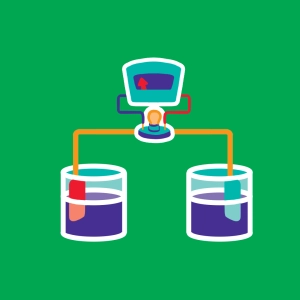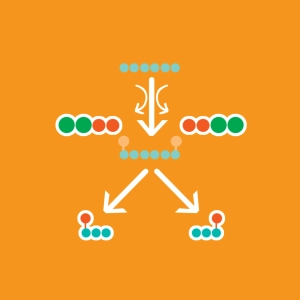 Photosynthesis
Photosynthesis
Learning objectives
- Understand the role of photosynthesis and its two phases (photochemical reactions and the Calvin cycle).
- Describe the role and structure of chloroplasts.
All plants are capable of producing their own organic material in the form of carbohydrates, from water, carbon dioxide and the energy from light. This is photosynthesis, which takes place in the chloroplasts of chlorophyllous cells.
Photosynthesis is the succession of two coupled phases:
- Photochemical reactions: these reactions take place in the thylakoids where light energy is captured by the pigments and converted into chemical energy in the form of intermediate compounds (ATP and NADPH + H+). These reactions consume water (H2O) and liberate dioxygen (O2).
- Biochemical reactions (Calvin Cycle): in the stroma, carbon dioxide (CO2) is used to synthesize carbohydrates from the chemical energy produced by the preceding phase (use of intermediate compounds).

Discover EduMedia for free
The interactive encyclopedia that brings science and math to life in the classroom.
Over 1,000 resources





